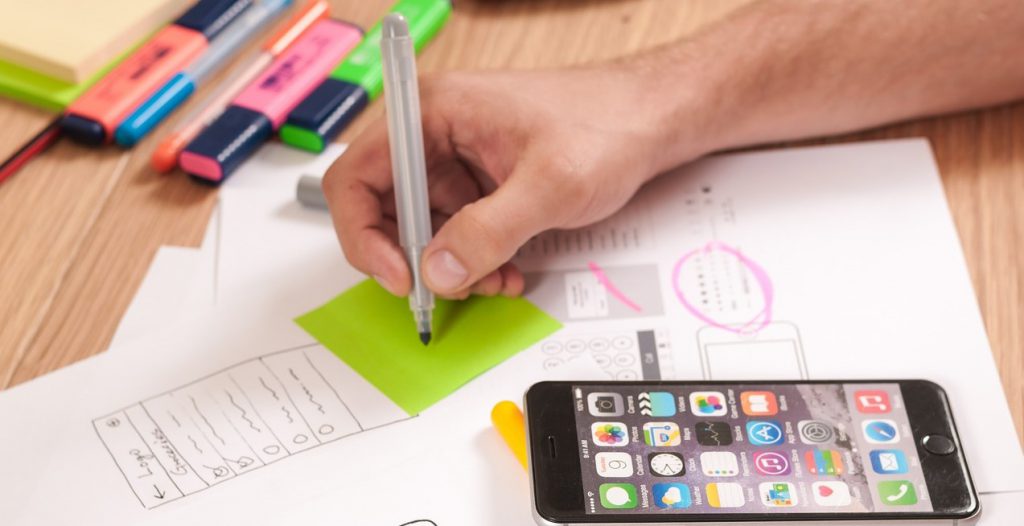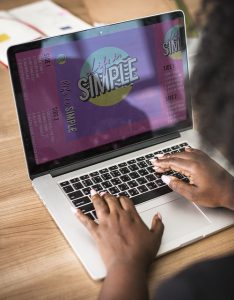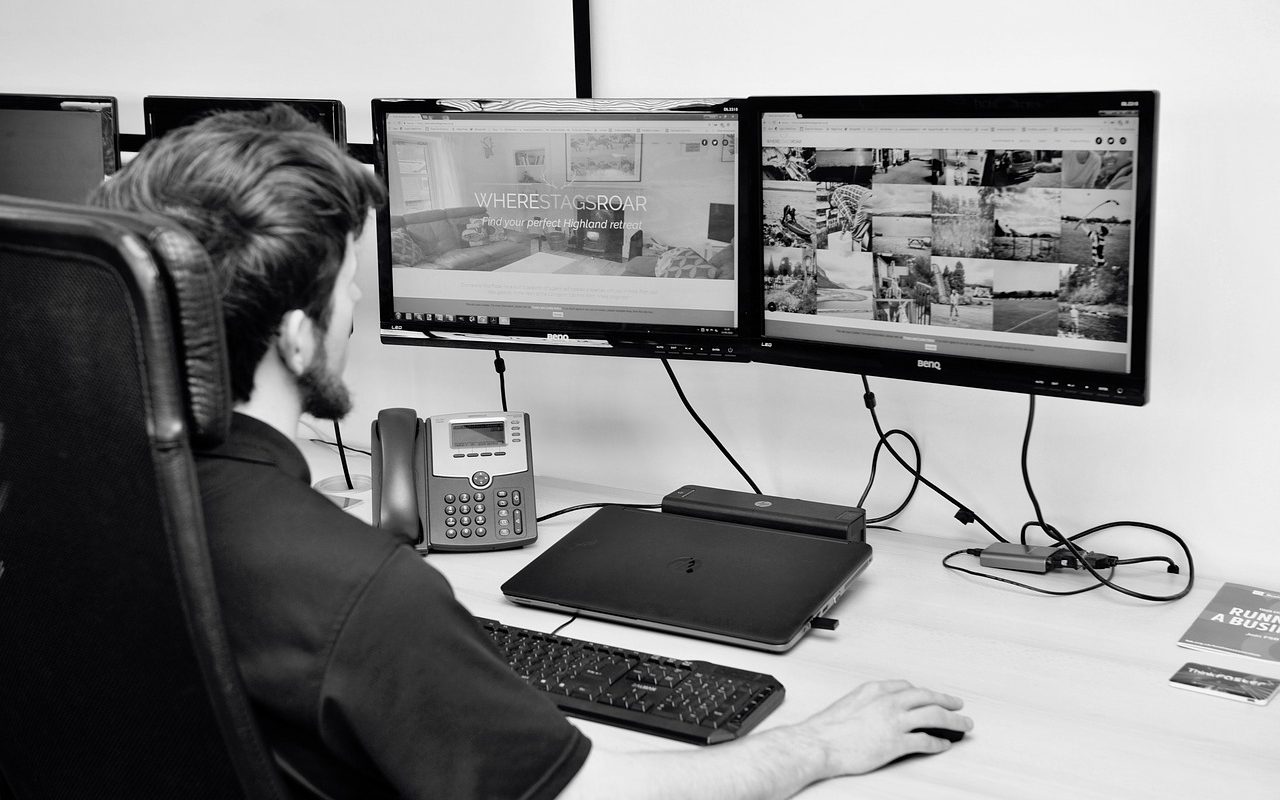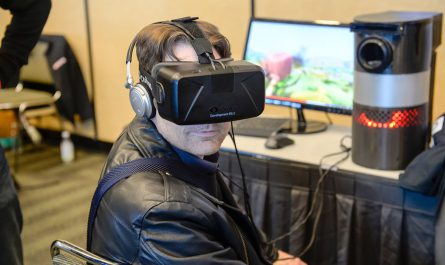Even when building a website, a designer cannot do it alone quickly, particularly when the project is complex and demands people who specialize in certain areas. I will talk today about the graphic design as opposed to user interface design and how the two engage the audience. It is all about doing it efficiently, as there will be a greater number of users who stick around if you do!
Graphic Design

You broadcast your message and mission through artwork by using visual elements such as illustrations, typography, and photography. You do it because you are inspired or to complete the assigned task. Graphic designers are the first people we think of when we talk about design simply because there are so many. This leads to many of them switching careers and getting into web design and focusing on different areas like UI and UX.
Graphic designers come up with clothing patterns, political cartoons, enticing book covers, and logos for companies. When the market gets saturated, they employ their talents, education, and experience elsewhere.
UI Design
User interface design deals with options available to the user in apps, programs, and games. The screen layout, the quality of the video, slideshow options, and every single option that involves clicking, swiping, or, in certain cases, just looking in order to make something happen are what UI designer is concerned with.
UI designers are in charge of providing the user with useful tools to freely use the product or service in front of them. Sometimes, people confuse this term with UX designers, but the latter deals with how the user experiences the product. The creativity that is used by UI designers doesn’t come from art. It comes from logic and problem-solving.

Engaging the Audience
In order for a UI designer to engage their audience, they must follow several rules and trends. Websites that previously relied on blogging and text have switched to video content. Another thing is to allow the users to have the option to customize the product or service to their liking.
Personalization is a big selling point right now, which is why many big brands, like Google, for example, have allowed some things that have, up until recently, been impossible and inconceivable. The aforementioned Google gives Chrome users a chance to put whatever background they wish before getting on with their search.

Making your content interactive is what currently makes it, as some of the clients like to vaguely put it, ‘pop’. Consider following the established patterns with your own twist. For example, most video players have the option to put an item on the playlist and intuitively adjust the volume and speed of the video. There aren’t many video players that are compatible with mobile devices that offer the same range of options. This is just an example.
For the graphic designer, however, the rules have not changed much. It’s still about the art, it’s just the matter of following what art is in right now and whether that affects you in any way. Shapes, colors, and typography still remain the graphic designer’s weapons of choice. It all depends on what the message and the mission are.
Why Not Both?
If you can take the workload, it’s great covering both bases. UI designs being able to make interactive content and figure out the logistics of it paired with the artistic inclinations of the graphic designer sounds like a winning combination in theory. In practice, it is nearly impossible to achieve as it is very unlikely you’ll get that kind of time.




